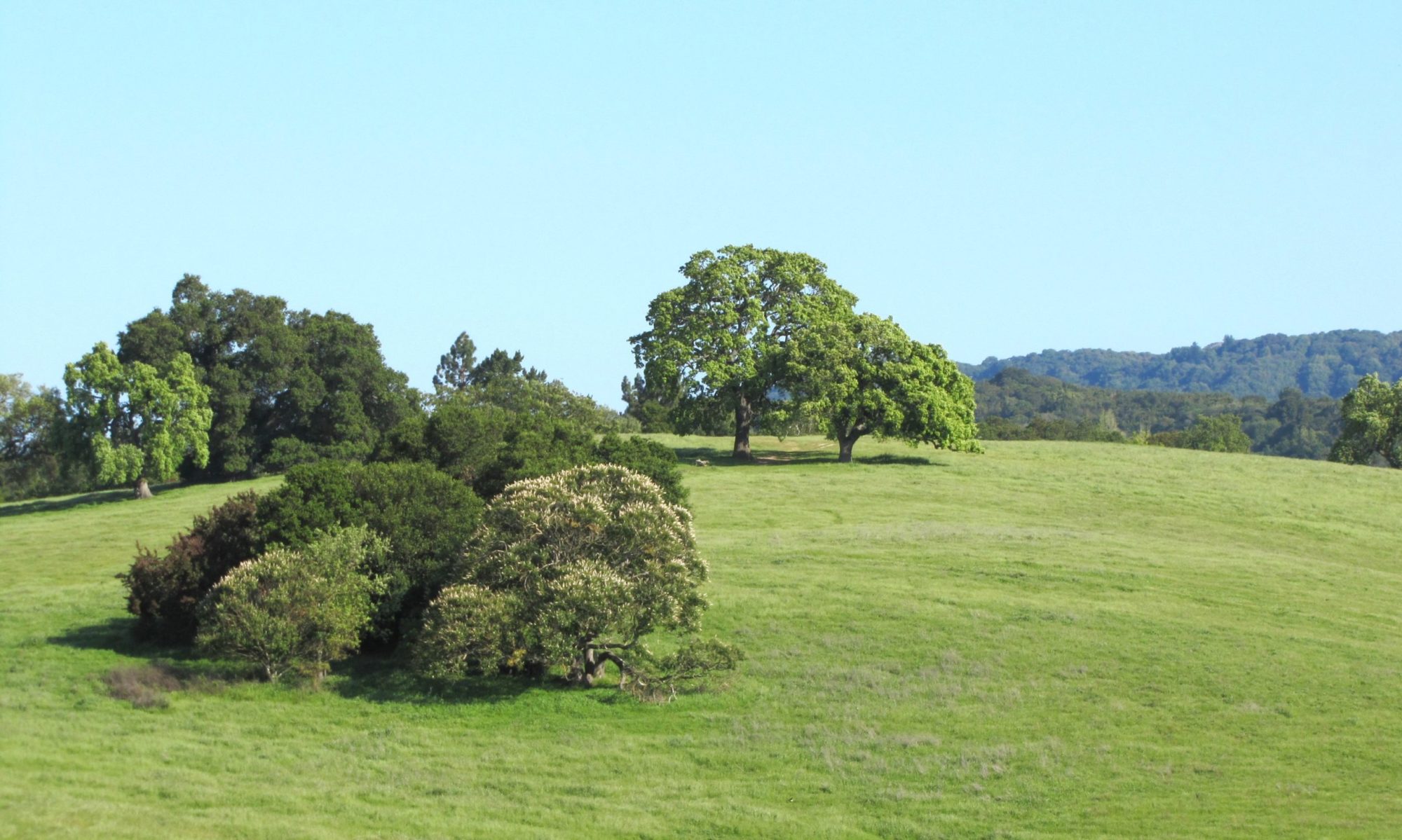Construction activities can result in injury to trees during site preparation and construction phases, from equipment move-in, clearing and grading, import and storage of materials, excavation for utilities installations and structures, and other site activities.
Immediate damage and also long-term negative impact can occur from mechanical injury to roots and root collar, tree trunks and scaffold limbs. Soil compaction can affect tree health by altering drainage, soil moisture availability and aeration. Harmful effects on trees can be incurred from grade changes, accumulation of soil or other materials in the root zone or against the base of the tree, or from materials storage, chemical or fuel spills. Trees are sometimes destabilized from root cutting, they can be over-pruned causing negative physiological stress and possible pre-disposition to pest and disease problems.
The primary tree protection measure is the establishment of a Tree Protection Zone (TPZ), a designated area surrounding a tree that is delineated and fenced, as protection for the tree trunk, foliar crown, branch structure and the critical root zone. The critical root zone includes structural and absorbing roots that support tree stability and physiology.
In addition to providing an adequate TPZ and prevention of damaging practices, it is good tree protection strategy to provide the best possible growing conditions and reduction of stress through soil and water management.
The project arborist should specify site-specific soil surface coverings (wood chip mulch or other) for prevention of soil compaction and loss of root aeration capacity.
An appropriate irrigation plan is vital, before, during and after the site work and construction phase.

